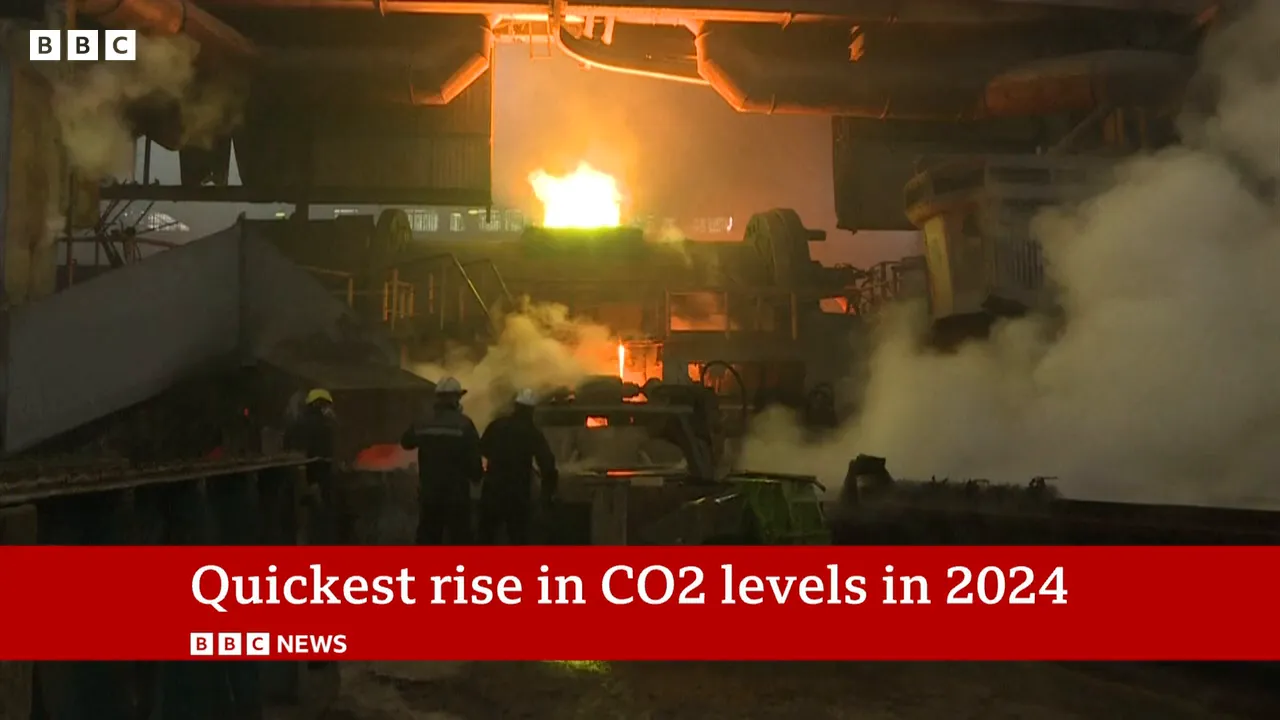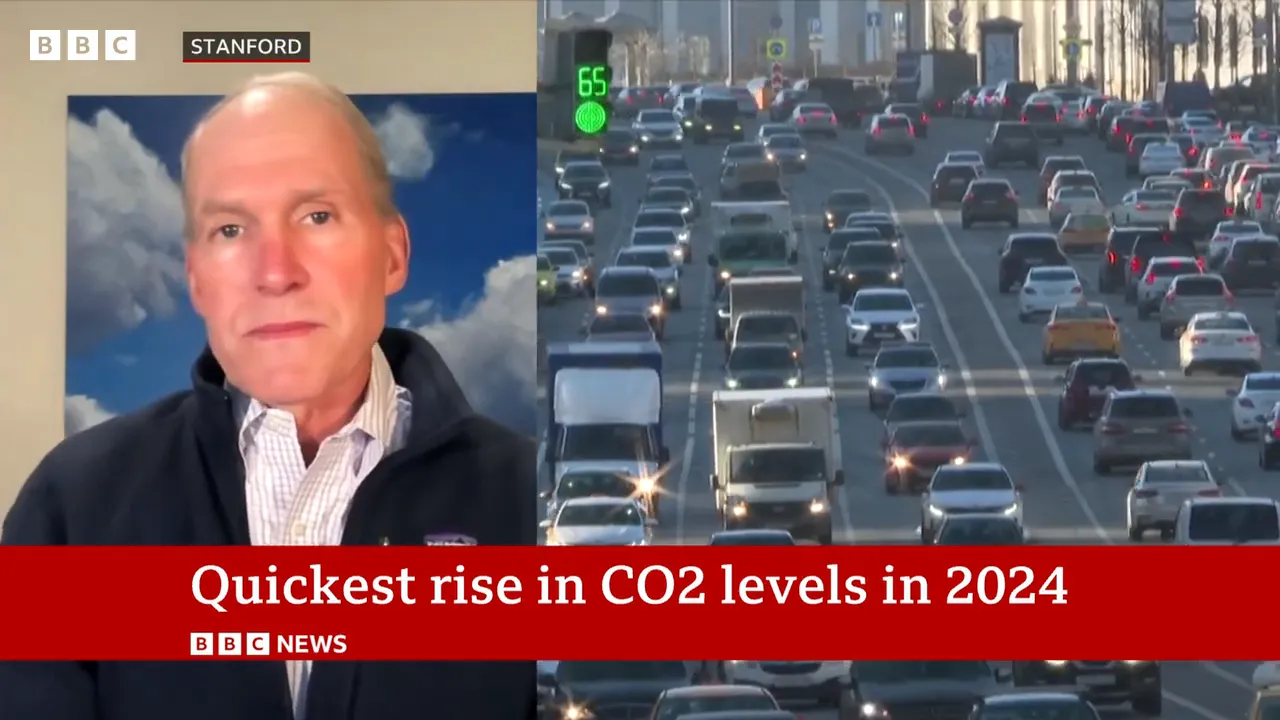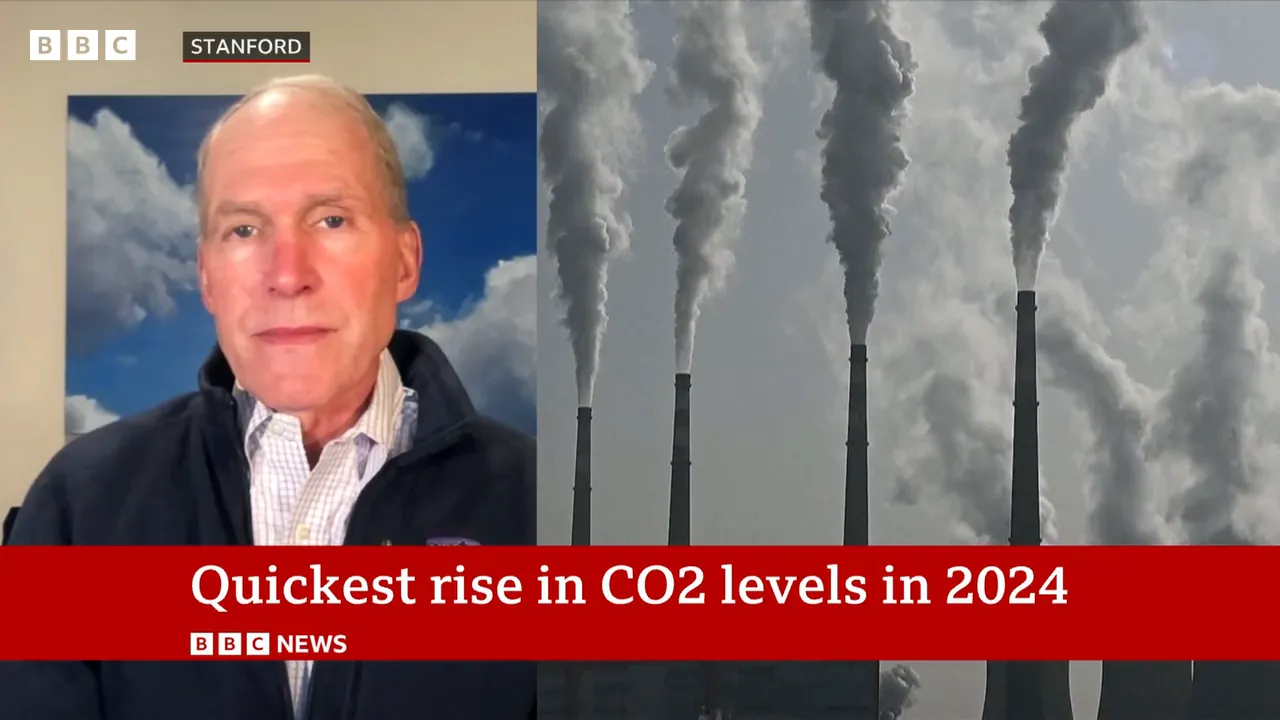
lntroduction :
Last year saw the fastest annual increase in the concentration of carbon dioxide in the Earth’s atmosphere, according to data and analysis from a research center in Hawaii. The study by the UK’s Met Office warns that CO2 at current levels is not consistent with the goal of keeping global warming below 1.5°C and is now 50% higher.
Table of Contents
Full – Newes :
Last year was the warmest on record, before humans started burning fossil fuels in large quantities, with global temperatures 1.6 degrees above pre-industrial levels. Let’s now talk to Rob Jackson, professor of Earth System Science at Stanford University and chair of the Global Carbon Project.
Hello, welcome to the program How worried should we be How worried should we be What should we be? What do these figures mean? We should be very worried.
This is much more than the increase in atmospheric carbon dioxide, we are exceeding safe temperature levels and I think the most worrying thing about the increase this year is that it is not mainly due to an increase in fossil fuel emissions.
Last year, El Niño caused thousands of additional fires in the Amazon, there are record droughts.
We estimate that fossil fuel emissions increased by about 1% last year. In 2024, but generally speaking, the Earth’s land absorbs about a third of the fossil carbon pollution, because of tree growth and other reasons, and the Earth is starting to rebound.
The plants in the Amazon and other places are not growing as fast and we are seeing deforestation in many places, so the Earth is starting to rebel, if you will, and it is deeply worrying. You mean the Earth is rebounding.
I mean the Earth is just going to come out of it fighting, right, we are going to have to suffer, somehow correct ourselves. This number is 1.6 degrees. You know, I think that is acceptable.
Now, are we not going above 2.5, that is the most realistic temperature increase figure that we are going to be able to achieve, the agreed level, I hope we are certainly not heading towards that, now we are not slowing down to 1.5.
We know, even a few decades ago it was unthinkable that we would have sunk so unexpectedly and cavalierly to the 1.5 degree Celsius limit where we are now, but we have and can do the same for 2.0 and go above 2.5.

A deeply troubled world with rising sea levels, melting ice and extreme weather. We don’t want to go there. But we just seem to be whistling in the street, ignoring what’s happening around us. Okay, so in the context of what’s happening why are we saying that this is the fastest rate of carbon dioxide entering the Earth’s atmosphere.
I mean we have the police, we have the statements, our renewable energy has increased, why are we still burning more fossil fuels and where is this concentrated well, we are burning more fossil fuels in almost every region of the world. Europe is the primary region, really the only region where fossil fuel emissions have actually decreased, so thank you for all your efforts, but elsewhere we are burning more.
What we’re doing around the world is generating more and more energy, so we’re building uh wind turbines and solar panels but because there’s so much excess demand for energy that renewable infrastructure doesn’t mean we’re taking fossil plants like natural gas and in some places coal offline and we have to take fossil plants offline and replace them with clean energy?
Do you think that’s achievable because it looks like what needs to be done to develop people and protect the planet? I mean they’re not compatible at all.

I mean one of the latest concerns is the rise of AI and of course the energy needed to cool those huge sources and I mean we need renewable energy and nuclear energy and we’re still burning fossil fuels instead of reducing emissions okay professor professor Rob Jackson I was going to use nuclear energy there but I ran out of time uh, thank you very much, really thank you, thank you.
What Can We Do?
While the outlook seems grim, there are still actions we can take to mitigate climate change. Shifting towards a climate-positive approach—where individuals and companies actively reduce their carbon footprints rather than merely offsetting them—can have a significant impact. It’s about tackling the root of the problem instead of just the symptoms.
Frequently Asked Questions
What is the current level of CO2 in the atmosphere?
As of 2024, CO2 levels are more than 50% higher than pre-industrial levels, with record increases observed in the past year.
How does climate change affect weather patterns?
Climate change leads to more extreme weather events, including severe droughts and wildfires, which in turn affect natural carbon sinks like forests.
Where can I find more information about climate change?
Renewable energy sources like wind and solar are essential for reducing reliance on fossil fuels, but they must be implemented alongside efforts to decrease overall energy demand.
Content write by PHReview Newes , full video watch Click now , like another breaking newes Click here .
Conclusion :
As we navigate these challenging times, it’s crucial to stay informed and proactive. The future of our planet depends on the actions we take today.


